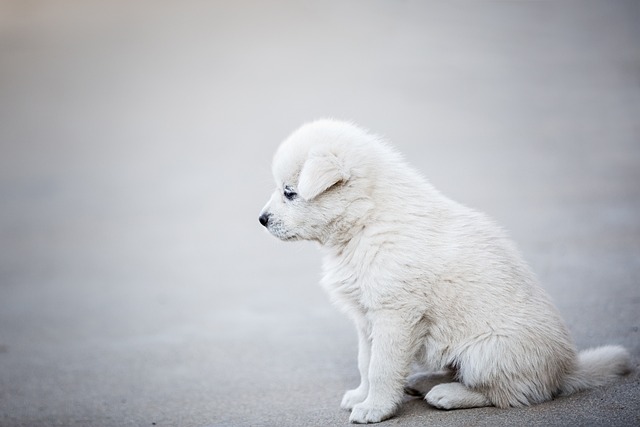
Do dogs like cold or warm water for baths?
Most dogs don’t jump for joy at bath time, but the right water temperature can turn a stressful chore into a calmer experience.
I’ll start with a relatable scenario of a new owner struggling to pick camping gear for their small pup, explain why small dogs have unique needs (size, temperature sensitivity, safety), share specific gear requirements, and weave in compliance and etiquette tips.
I stood in my friend Lena’s Seattle outdoor store last week, watching her hold a “one-size-fits-all” dog camping bed next to her 8-pound Chihuahua, Tito— the bed was bigger than he was. “Everything here feels made for labs! Are there any specific camping gear requirements for small dogs, or am I overcomplicating it?” she asked, as Tito curled into her pocket, clearly overwhelmed. If you’re a new U.S. dog owner with a small pup (under 20 pounds) gearing up for camping, the answer is yes—small dogs have unique needs tied to their size, heat retention, and vulnerability. Generic gear won’t keep them safe or comfortable; the right requirements focus on “tiny-friendly” fit, warmth, and protection.
To understand specific camping gear requirements for small dogs, let’s break down their unique challenges. Lena’s vet, Dr. Carter, explained that small dogs lose body heat faster (their surface area-to-weight ratio is higher), are more prone to getting stepped on or lost, and have delicate necks/spines (ill-fitting gear causes injury). Tito, who shivers in 60°F weather and fits in a backpack, needs gear that addresses these: warmth without bulk, visibility, and lightweight durability. Unlike large dogs (who can handle basic beds), small pups need gear scaled to their size— a too-big bed won’t trap heat, and a too-heavy harness strains their back. Scolding a small dog for avoiding ill-fitting gear (if Tito refused a bulky harness) violates U.S. animal welfare standards; he wouldn’t be “shy”—he’d be uncomfortable, and our job is to pick gear that fits his needs, not ours.
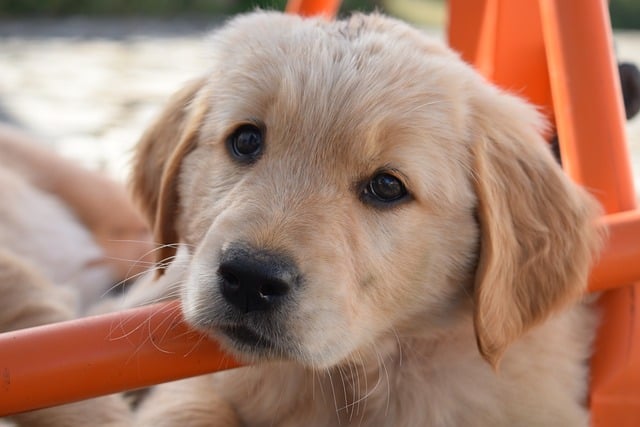
Here are the specific camping gear requirements for small dogs, using Lena’s curated list for Tito: First, size-specific sleeping gear (warmth + fit). Dr. Carter told Lena to skip standard beds—opt for a compact, insulated sleeping bag (rated for 40°F+) with a “snug” design (traps heat better for small bodies). She added a tiny waterproof cot (24 inches long, just right for Tito) to keep him off cold ground—no more dew-soaked fur. The cot folds flat, perfect for her apartment closet when not camping. Second, lightweight, padded harnesses (no collars!). Collars risk tracheal collapse in small dogs, so Lena chose a step-in harness (easy to put on wiggly Tito) with padded straps and a D-ring for leashes. She avoided harnesses with metal buckles (too heavy) and picked one with reflective stitching (visible at dusk—critical for avoiding stepped-on toes). Third, miniature food/water gear (no waste, no tipping). Collapsible bowls are a must, but Lena picked 4-ounce versions (Tito only eats ½ cup of food) with a non-slip silicone base (stays put on picnic tables). She added a portable water bottle with a built-in spout (fits in her pocket) for trail sips—no heavy bladders. Fourth, safety gear for “tiny vulnerabilities”. A lightweight backpack carrier (for when Tito gets tired on hikes) with a mesh window (ventilation) was non-negotiable. She also got a LED collar (brighter than strips—harder to lose him at night) and a microchip ID tag (with campsite info, in case he slips his harness).
For camping etiquette and compliance, these requirements tie to good habits: Lena packs extra small-sized biodegradable poop bags (U.S. national parks fine $200 for waste) and a tiny trowel (buries waste 6 inches deep, per Leave No Trace). She keeps Tito on a 4-foot leash (shorter than large dogs’—easier to control in crowds) and uses the padded harness to redirect him gently if he tugs (positive reinforcement, no yanking). Before the trip, she updated Tito’s rabies vaccine (mandatory everywhere) and got a “pet-friendly” campground permit (some parks have size limits, but most welcome small dogs). She also brings a quiet plush toy (no loud squeakers to disturb neighbors) and a foldable playpen (gives Tito a safe space at the campsite without tying him up). Dr. Carter reminded her to pack a small first-aid kit (mini gauze, vet-approved antiseptic) — small dogs’ cuts heal slower than large ones.
A week later, Lena texted me a photo: Tito curled in his tiny sleeping bag, next to the campfire, wearing his LED collar. Are there any specific camping gear requirements for small dogs? For Tito, it was snug, light, and warm. For your pup, it’s about scaling gear to their size and addressing their unique vulnerabilities. With the right requirements, your small dog won’t just survive camping—they’ll thrive.

Most dogs don’t jump for joy at bath time, but the right water temperature can turn a stressful chore into a calmer experience.
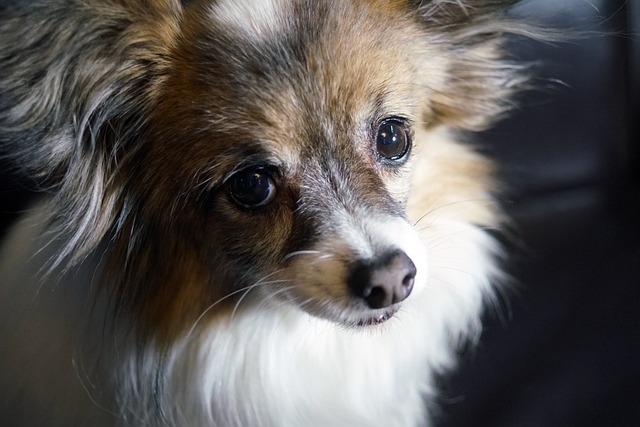
I sat on my friend Jake’s Boston living room floor last weekend, watching him lean in to kiss his 1-year-old Beagle, Daisy—who immediately turned her head

I’ll start with a scenario of a new owner asking how to protect their young pup from future cognitive issues, explain the science behind preventing CCD (focused on brain health and aging)
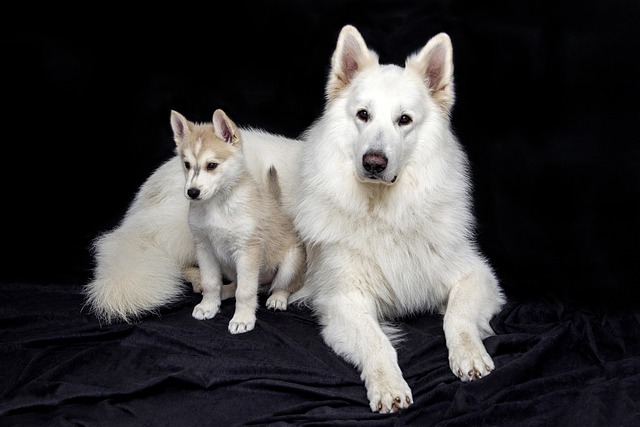
Many dog owners want to know what goes into a healthy homemade diet for their pups, especially when store-bought options don’t always fit their pet’s needs.
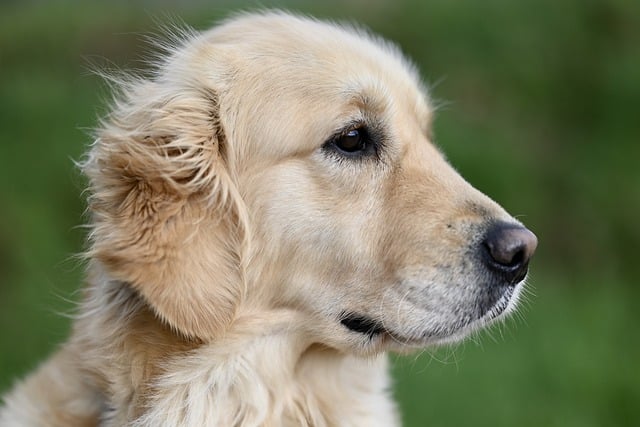
I’ll start with a relatable scenario of a new owner dealing with a soaked camping bed after rain, clarify that not all camping dog beds are waterproof
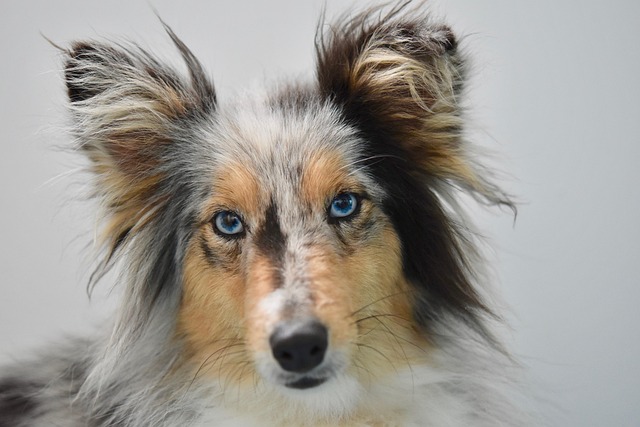
Most dogs don’t need routine gland expression until they hit specific life stages, but watching for signs matters more than a strict age.